What They Don't Tell You About Dyes
(Even in Organic Clothes)
When you buy organic clothing or bedding, you probably assume it's safe.
After all, it says 100% organic cotton. Sounds clean, right?
But here's one of the textile industry's dirtiest secrets:
Fiber is only half the story.
The other half? The color. And that's where things get murky — fast.
What Are Synthetic Dyes Really Made Of?
Around 99% of all dyed textiles, including most labeled "organic," use synthetic dyes. These dyes are made from the same crude oil ingredients used to manufacture plastic:
- 🛢 Benzene
- 🧪 Toluene
- ⚡ Naphthalene
These aren't just industrial-sounding names. They're known irritants, allergens, and in some cases, even carcinogens.
And they're the base chemistry for most of the color in your wardrobe and bedding — even the ones labeled "natural," "eco," or "organic."
Are Synthetic Dyes Actually Plastic?
Technically, dyes aren't shaped into bags or bottles, so they aren't plastics in the molded sense. But chemically? Structurally? They're built from the same fossil fuels.
In fact, many dyes are polymers or are combined with plastic-based binders to help them stick to fabric. These binders help dyes survive washing — but also keep them in constant contact with your skin.
So no — you're not wearing a plastic bag. But yes — you're wrapped in petrochemical-based color, bound with polymers.
And that's not a harmless detail.
The "Organic" Label Doesn't Cover This
Most brands don't want you to ask what their dyes are made of. And they're not required to tell you.
Even clothing labeled "organic" only refers to the fiber — not the chemicals used in processing or dyeing. That's a massive loophole. And it's one the industry has taken full advantage of.
At AIZOME, we're proud to say: We've never used petrochemical dyes. Ever.
We use only whole plant and mineral dyes — like indigo, turmeric, and madder — without synthetic fixatives, polymers, or fossil fuel residues.
Because if you're choosing organic for your health, it should actually support your health.
But… Are Synthetic Dyes Actually Harmful?
Yes — and it's not just theoretical.
A 2009 dermatological study by Pigatto et al. found that a large portion of people experiencing contact dermatitis from clothing weren't reacting to the fabric. They were reacting to the dyes.
Symptoms included:
- 🔥 Itching or burning
- 🔴 Red rashes
- 🩹 Dry patches
- ⚡ Persistent irritation mistaken for eczema or "sensitive skin"
Most dyes come with an invisible cloud of processing chemicals: Surfactants, solvents, mordants, fixers, and softeners — many of which have never been tested for long-term skin exposure.
And here's the worst part: Almost none of this is disclosed on the label.
The Better Way: Real Plant Dyes
Here's what you won't find in our products:
- ❌ Petroleum-derived colorants
- ❌ Plastic-based binders
- ❌ Undisclosed chemical finishes
Instead, you'll find:
- 🌿 Indigo
- 🌿 Rubia Tinctoria
- 🌿 Pomegranate
- 🌿 Madder
- 🌿 Sumac Nuts
- 🌿 Minerals like alum and iron (used traditionally for centuries)
These dyes are biodegradable, antimicrobial, and clinically tested for skin safety.
We don't cut corners. We don't hide ingredients. We built AIZOME to do it right — from the first thread to the final color.
Ready to Ditch Petroleum-Dyed "Natural" Textiles?
✅ AIZOME Bedding
100% plant-dyed, FDA-registered, tested to medical safety standards, safe for eczema-prone and ultra-sensitive skin.
❌ "Organic" Bedding
Organic fiber + synthetic dyes made from petroleum derivatives. Hidden chemical processes not disclosed on labels.

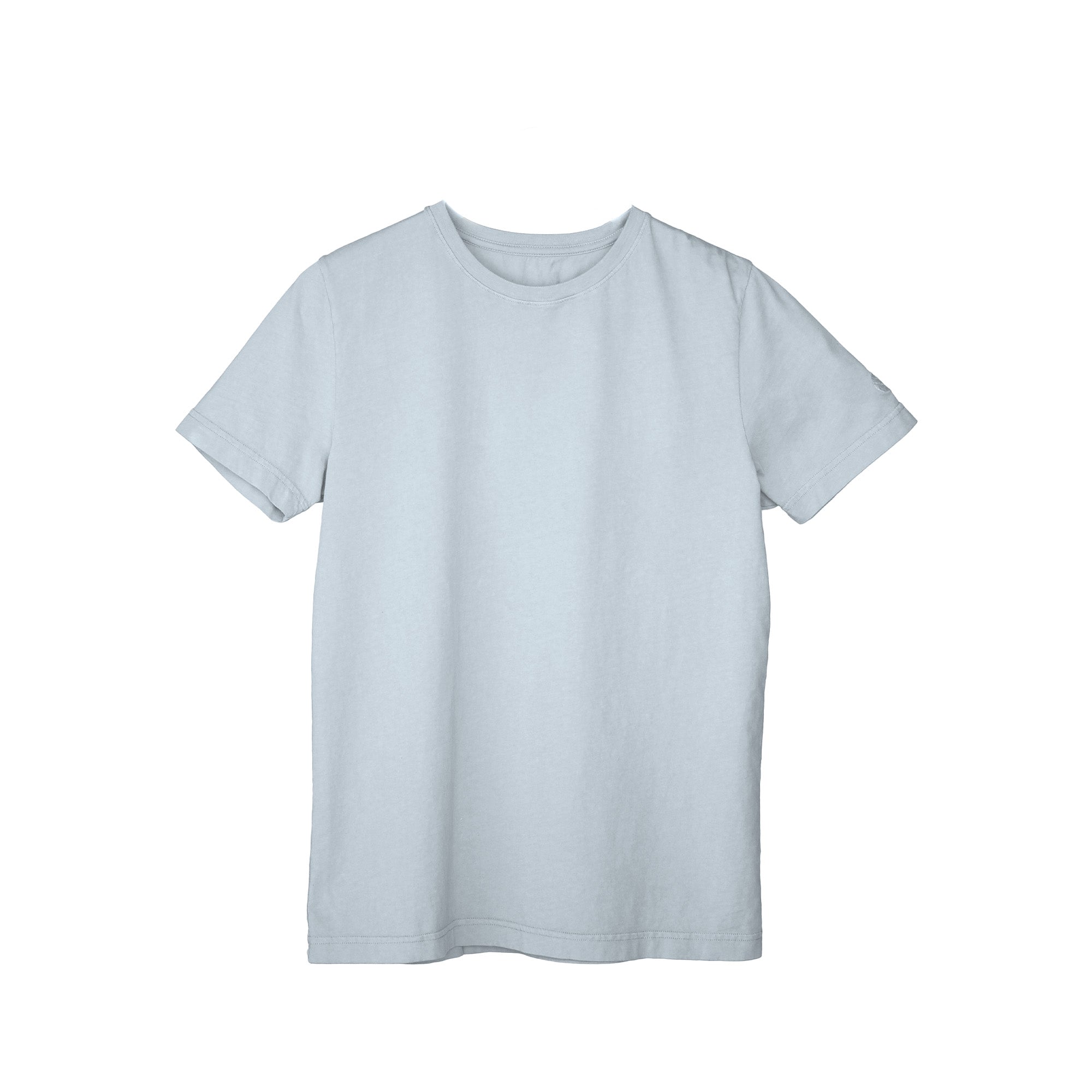

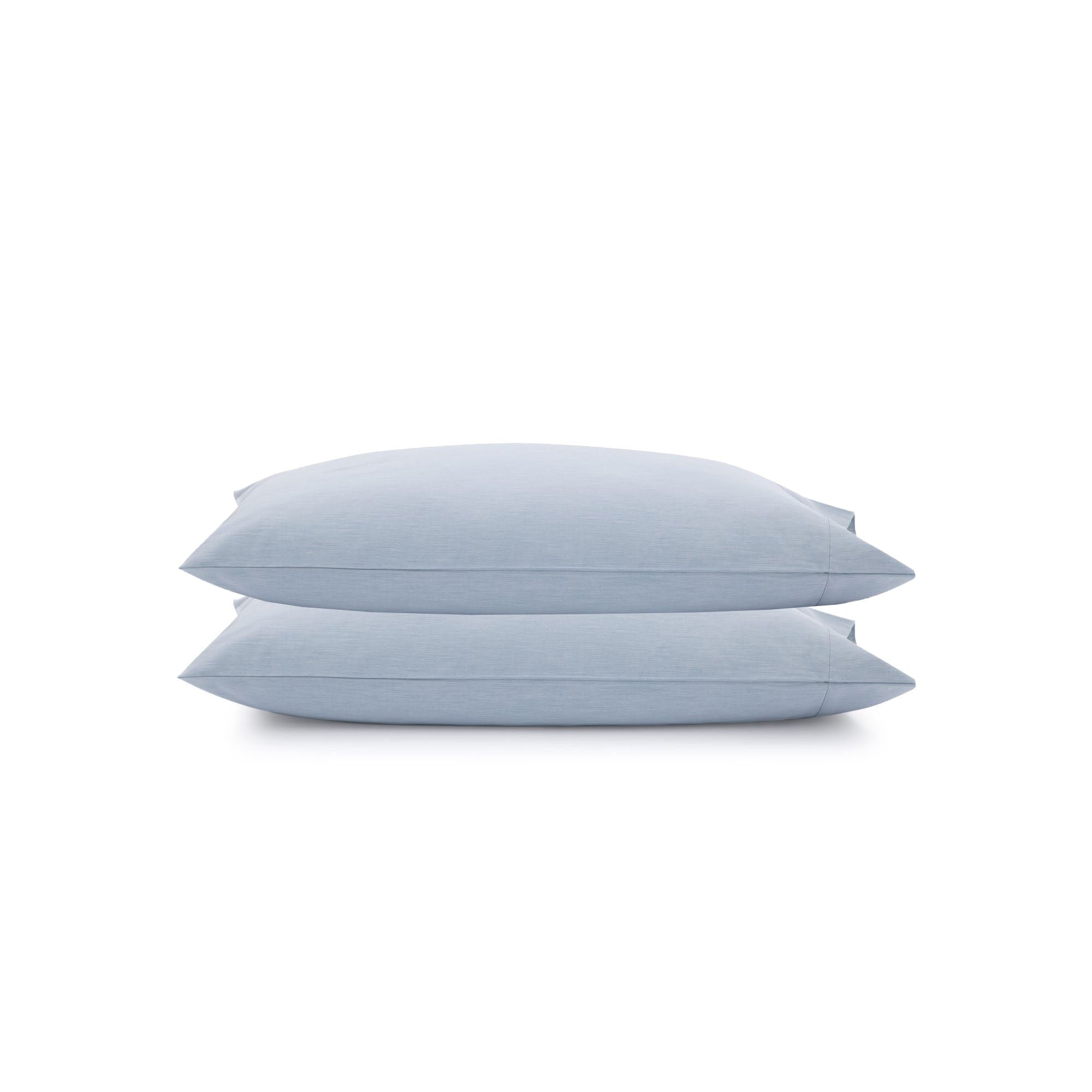
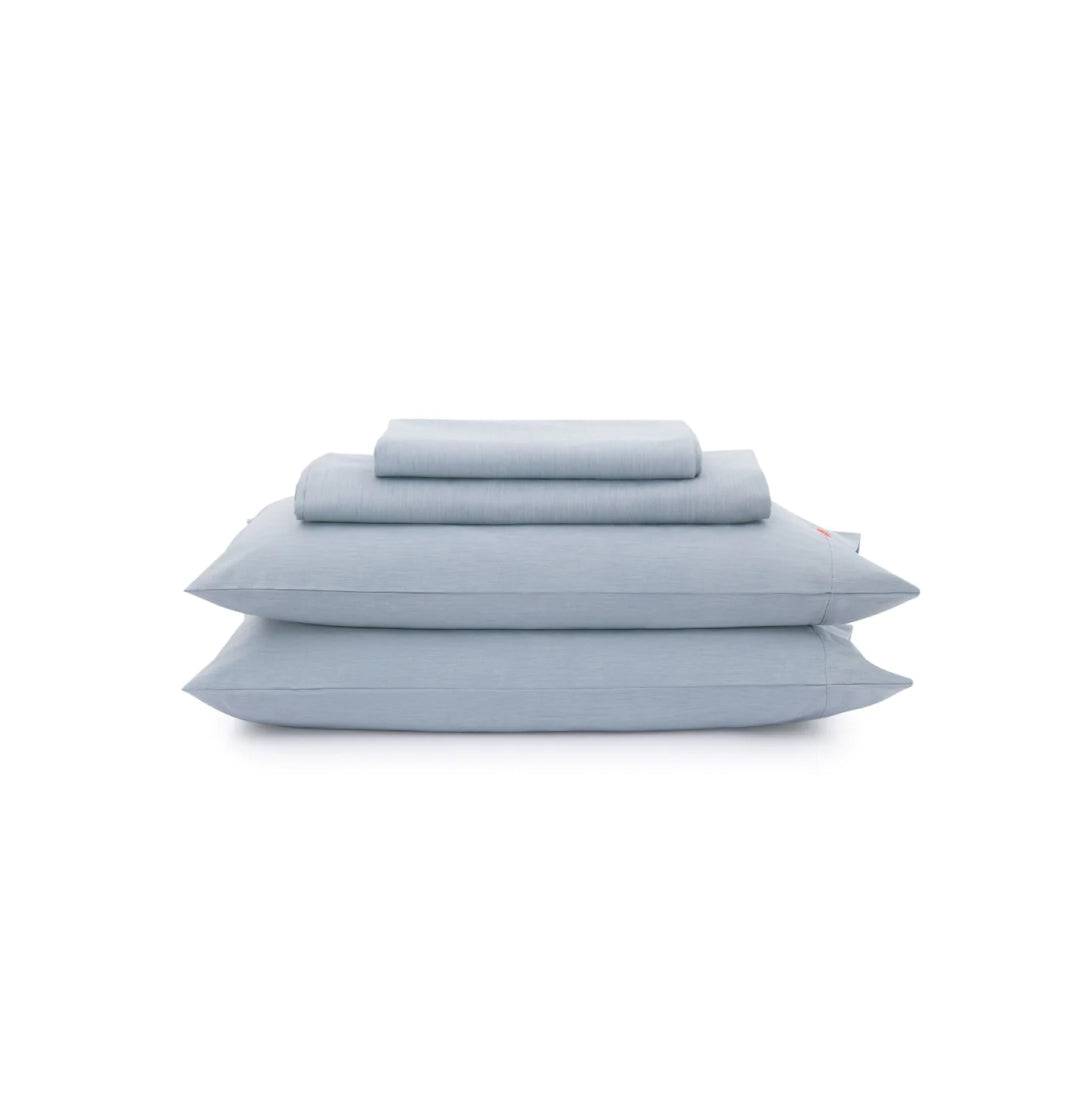
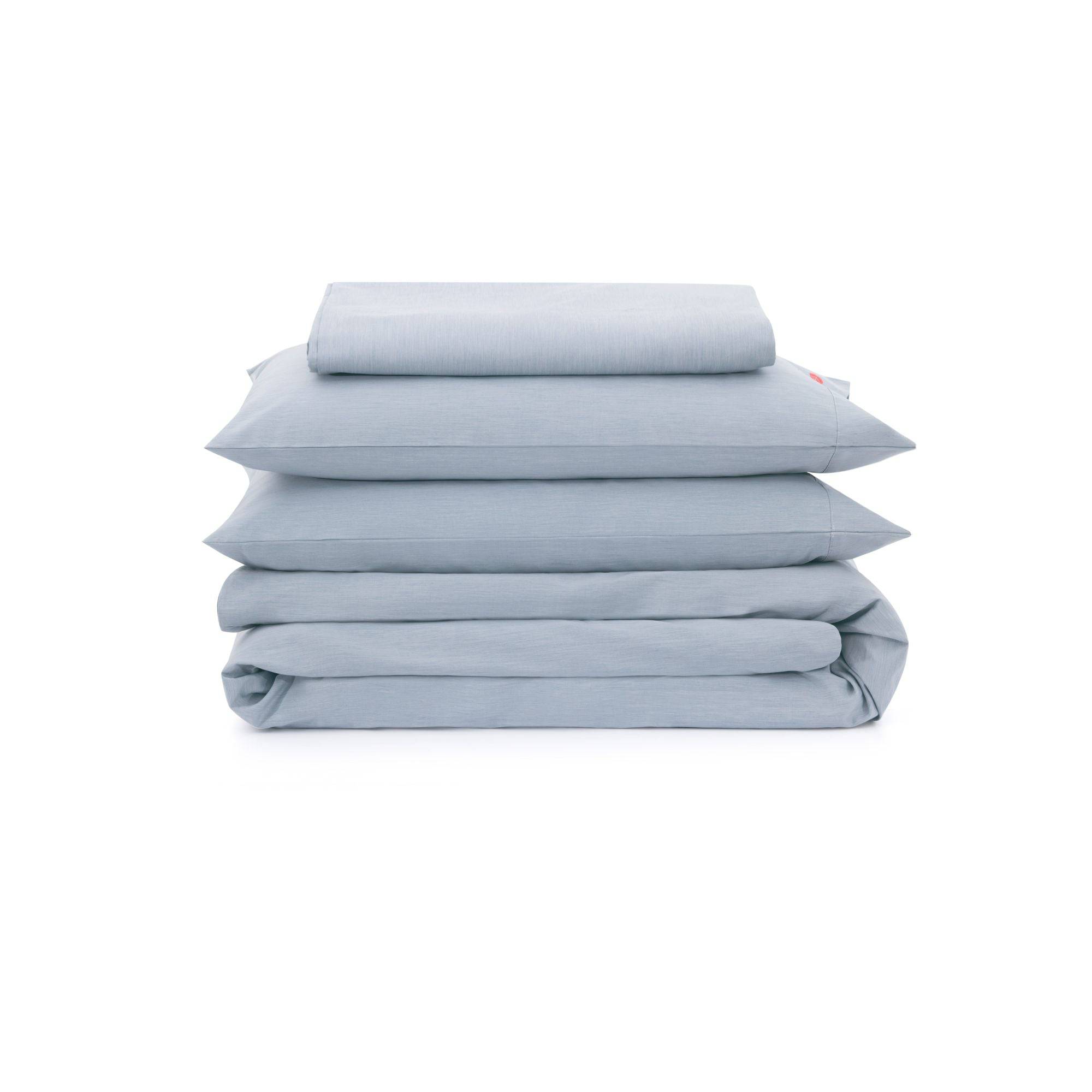
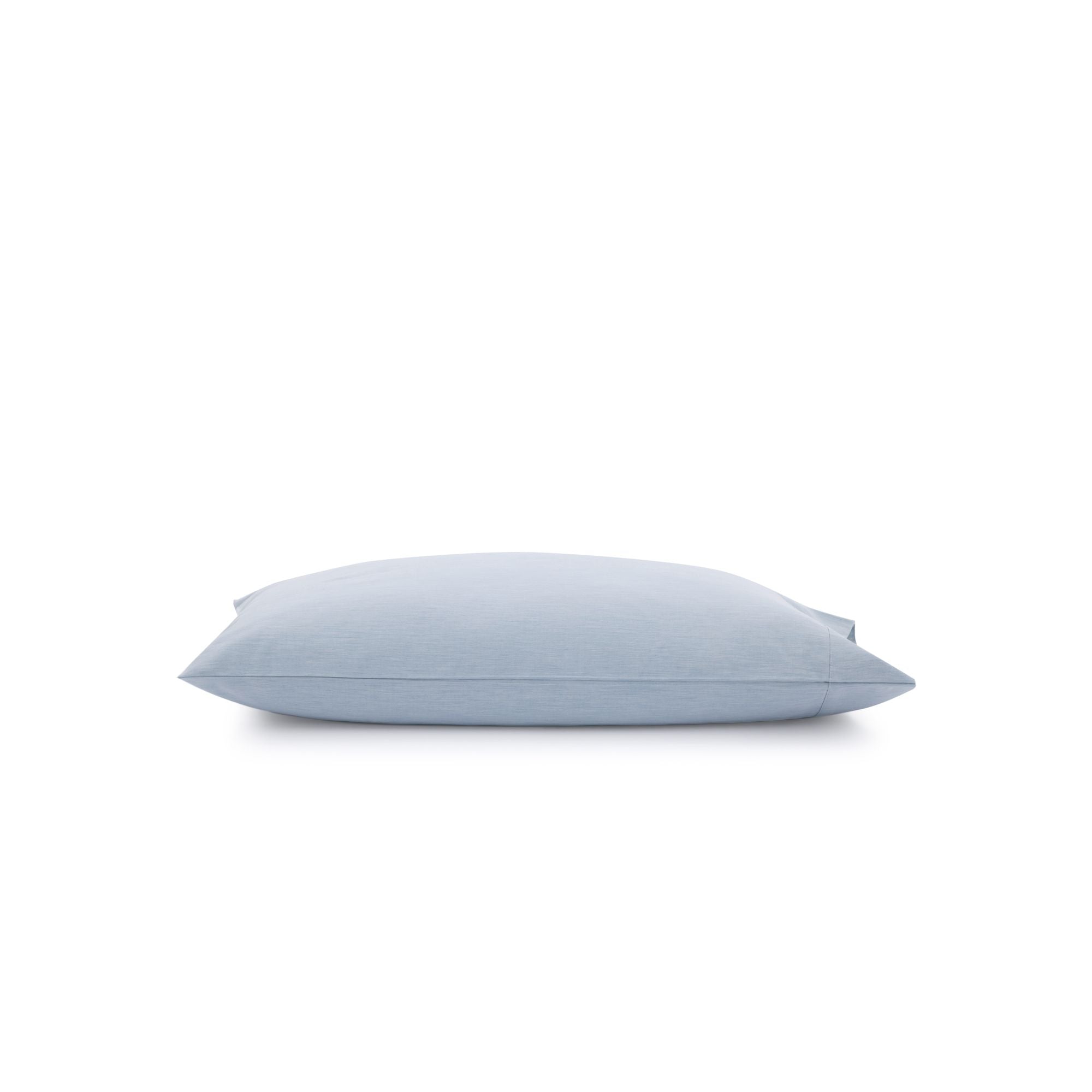
 Bedding
Bedding
 Clothing & Accessories
Clothing & Accessories
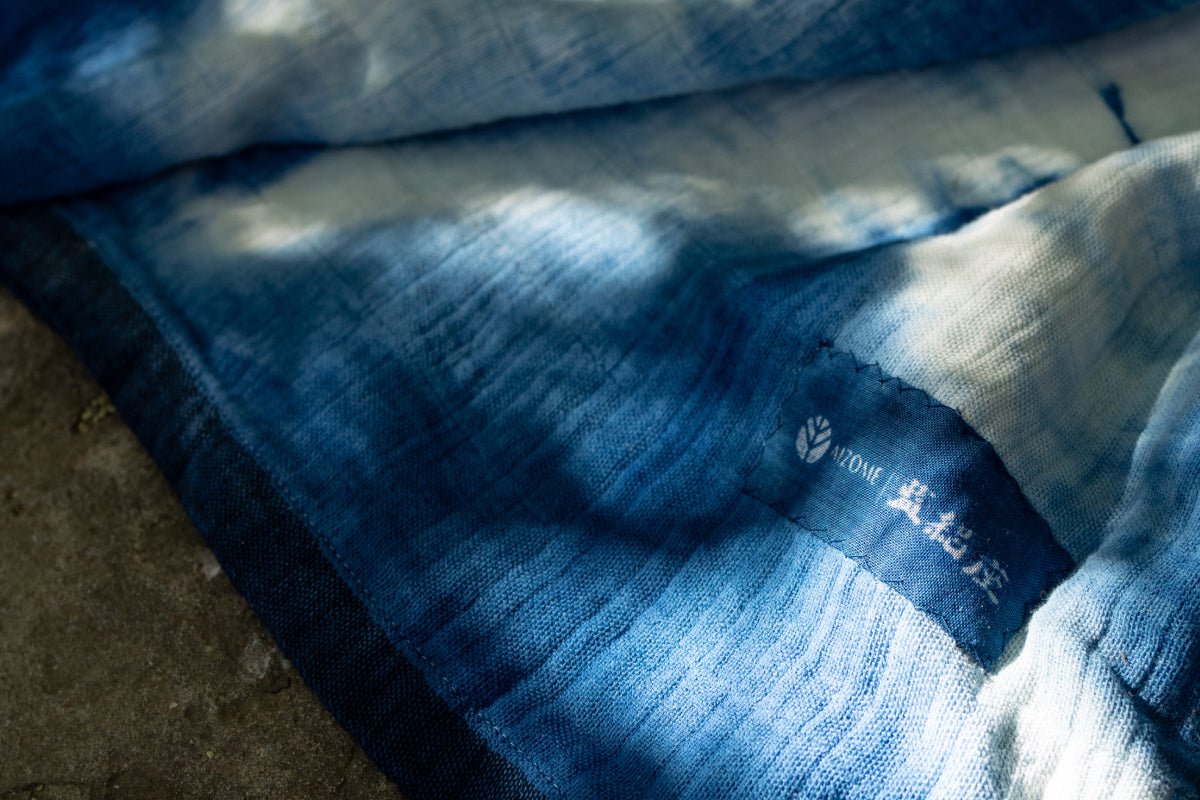 Artisan Line
Artisan Line
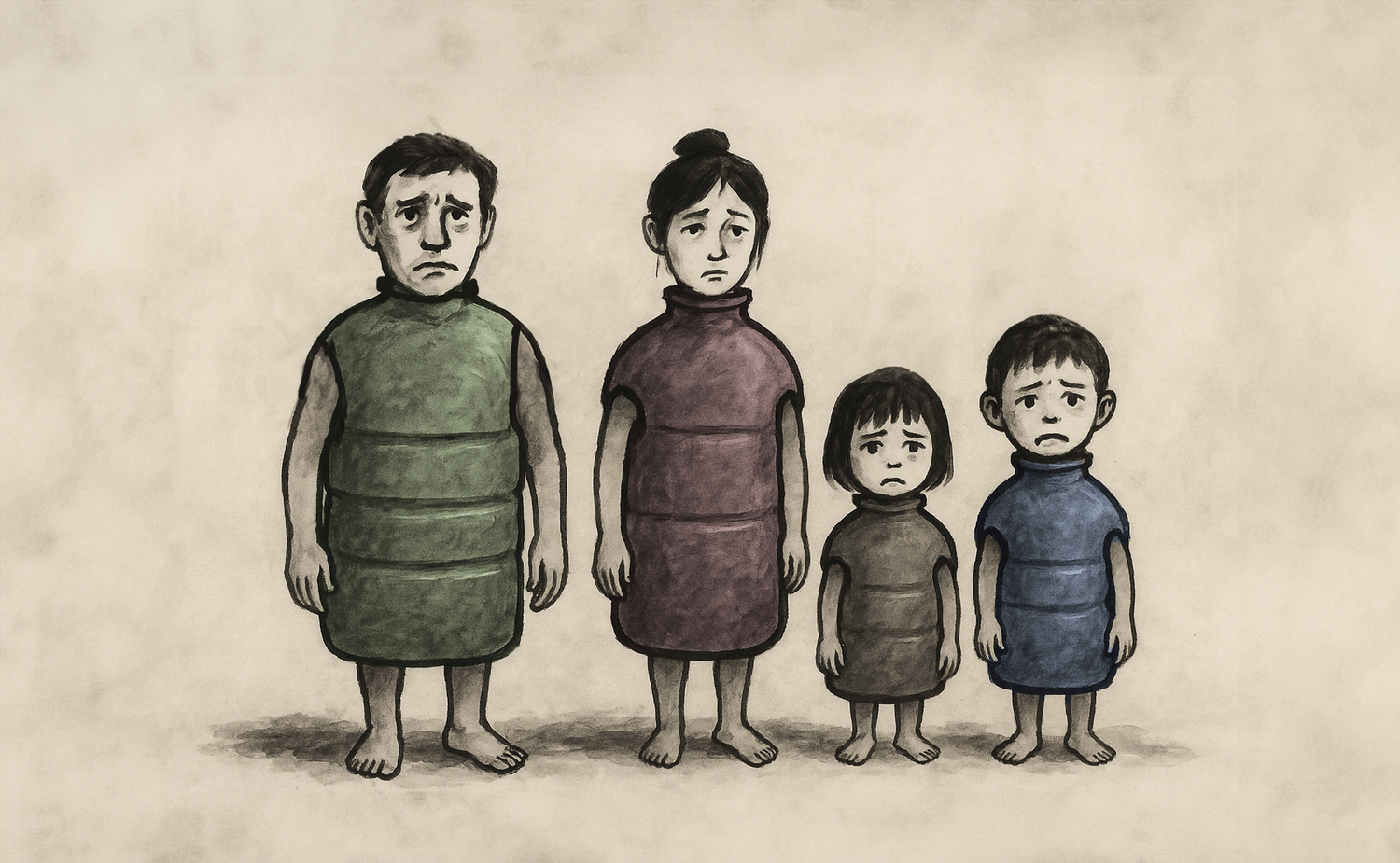

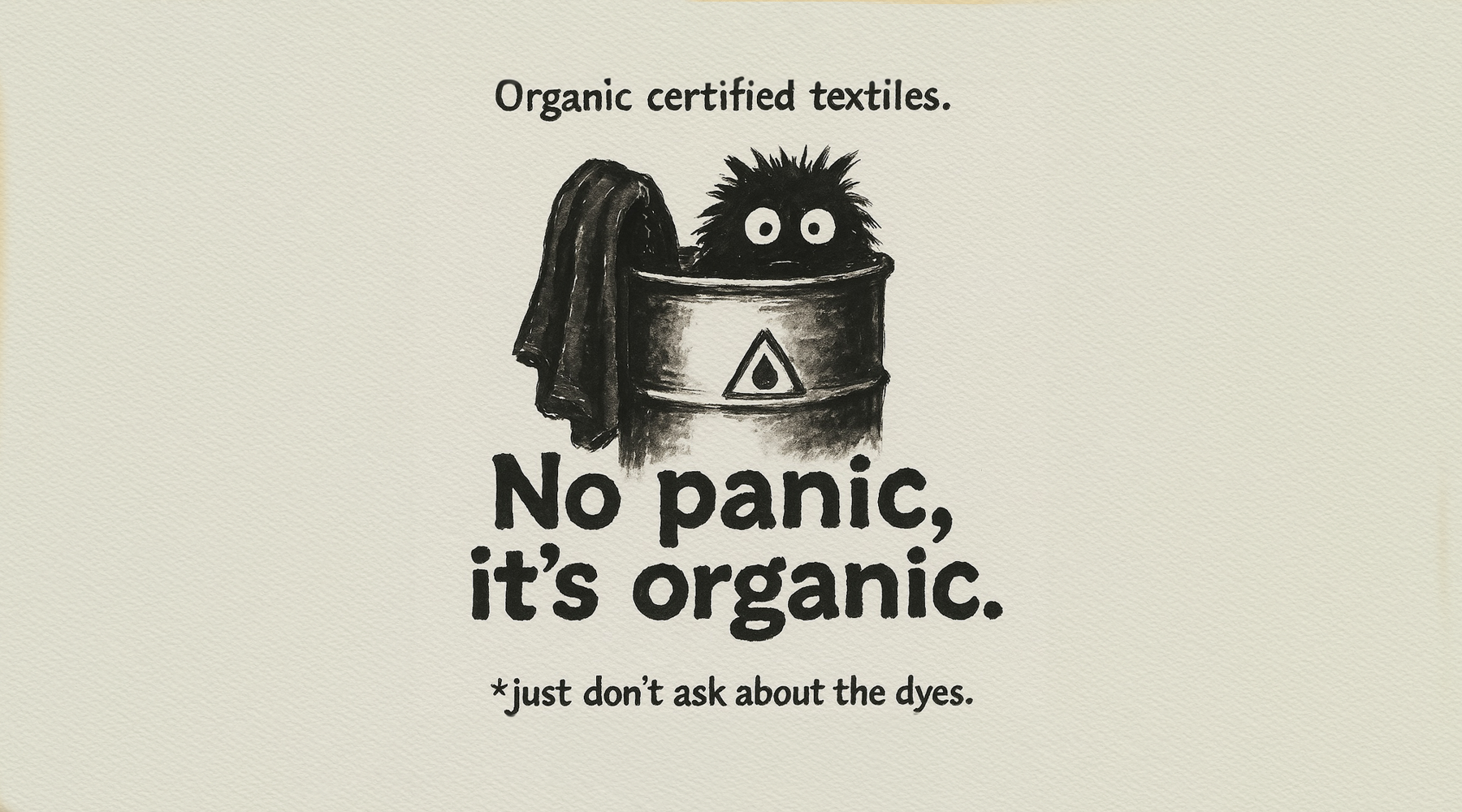

Leave a comment
All comments are moderated before being published.
This site is protected by hCaptcha and the hCaptcha Privacy Policy and Terms of Service apply.